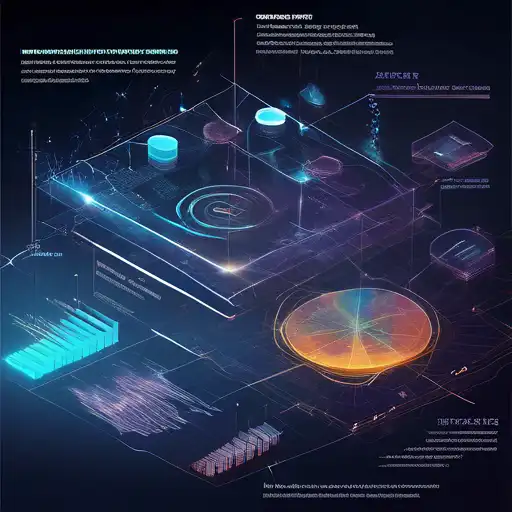Introduction to Data Visualization
In the era of big data, the ability to visualize complex datasets in an understandable and actionable manner is invaluable. Data visualization techniques transform raw data into visual context, such as charts or maps, making the data more accessible and easier to understand. This article explores various data visualization techniques that can help you unlock powerful insights from your data.
Why Data Visualization Matters
Data visualization is not just about making pretty pictures out of numbers. It's a critical tool for decision-making, allowing businesses and researchers to see analytics presented visually, identify patterns, trends, and outliers in groups of data. Effective visualization helps tell the story by curating data into a form easier to understand, highlighting the trends and outliers.
Key Data Visualization Techniques
There are several techniques to visualize data, each suited for different types of data and insights. Here are some of the most effective ones:
- Bar Charts: Ideal for comparing quantities among different groups.
- Line Graphs: Best for visualizing data trends over time.
- Pie Charts: Useful for showing proportions and percentages.
- Scatter Plots: Excellent for identifying relationships between variables.
- Heat Maps: Great for visualizing complex data like user behavior on websites.
Advanced Visualization Techniques
For more complex datasets, advanced visualization techniques can provide deeper insights:
- Interactive Dashboards: Allow users to drill down into the specifics of the data.
- Geospatial Mapping: Visualizes data in the context of geography, useful for location-based analytics.
- Network Diagrams: Show relationships between entities, ideal for social network analysis.
Choosing the Right Visualization
Selecting the right visualization depends on the data's nature and the story you want to tell. Consider the audience, the data's complexity, and the key messages you wish to convey. Tools like business intelligence software can help automate and optimize this process.
Best Practices for Effective Data Visualization
To maximize the impact of your data visualizations, follow these best practices:
- Keep it simple and avoid clutter.
- Use colors effectively to highlight important data points.
- Ensure your visualizations are accessible to all audience members, including those with color vision deficiencies.
- Always provide context for your data to aid interpretation.
Conclusion
Data visualization is a powerful tool for uncovering insights that might remain hidden in raw data. By mastering various visualization techniques and adhering to best practices, you can enhance your ability to communicate complex information clearly and effectively. Whether you're a business analyst, researcher, or data enthusiast, leveraging these techniques can lead to better decision-making and strategic insights.
For more on how to apply these techniques in your projects, explore our comprehensive guide to data analysis.
